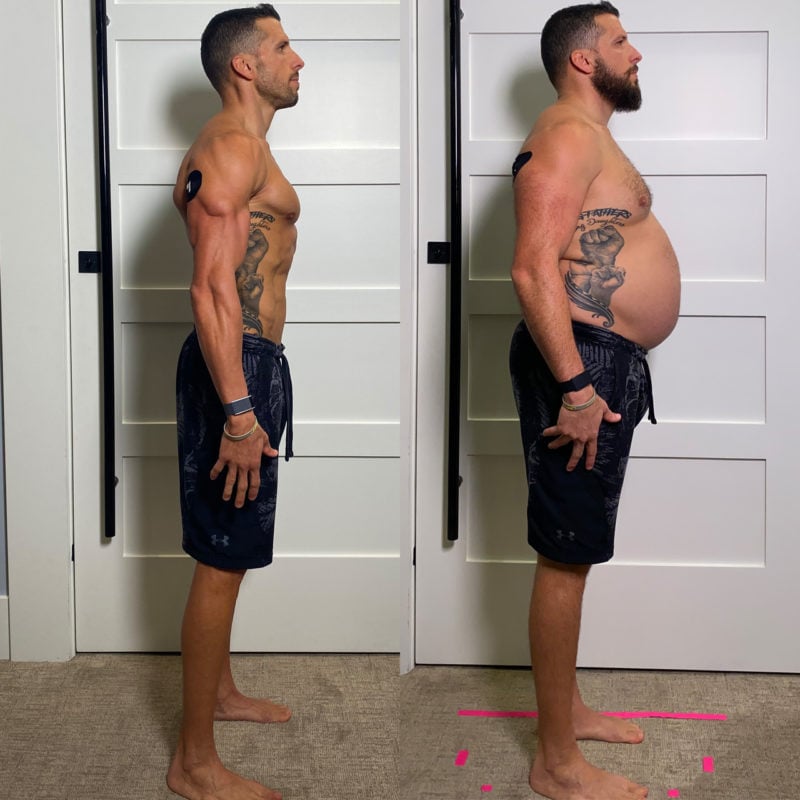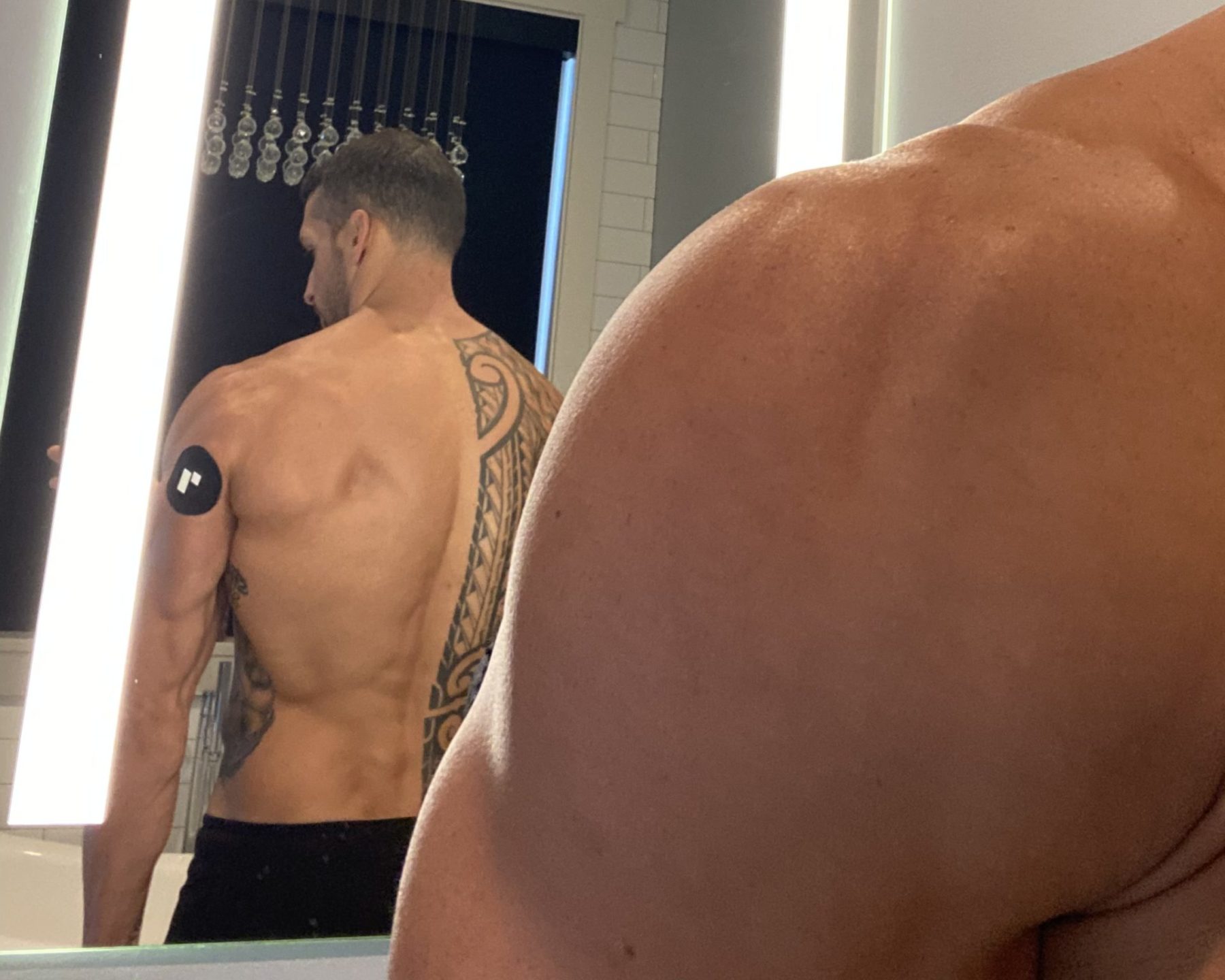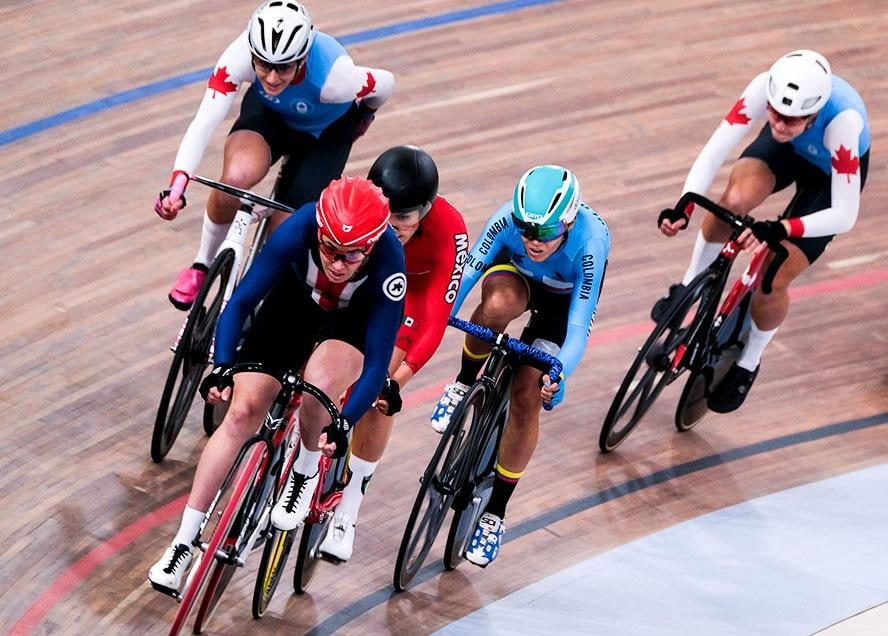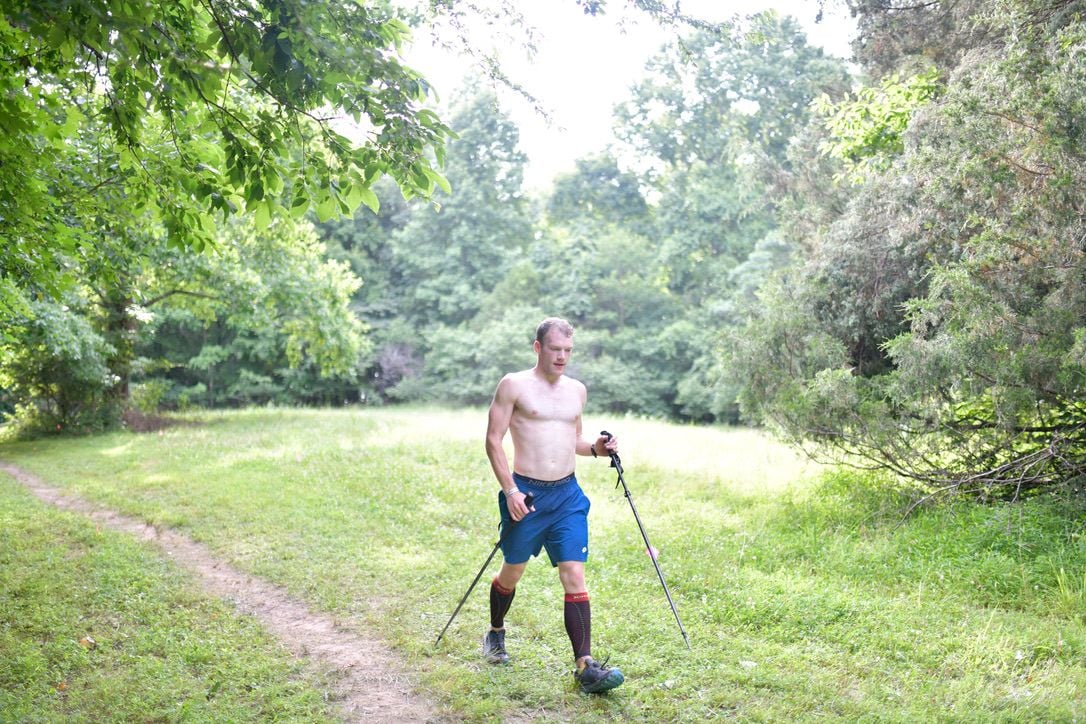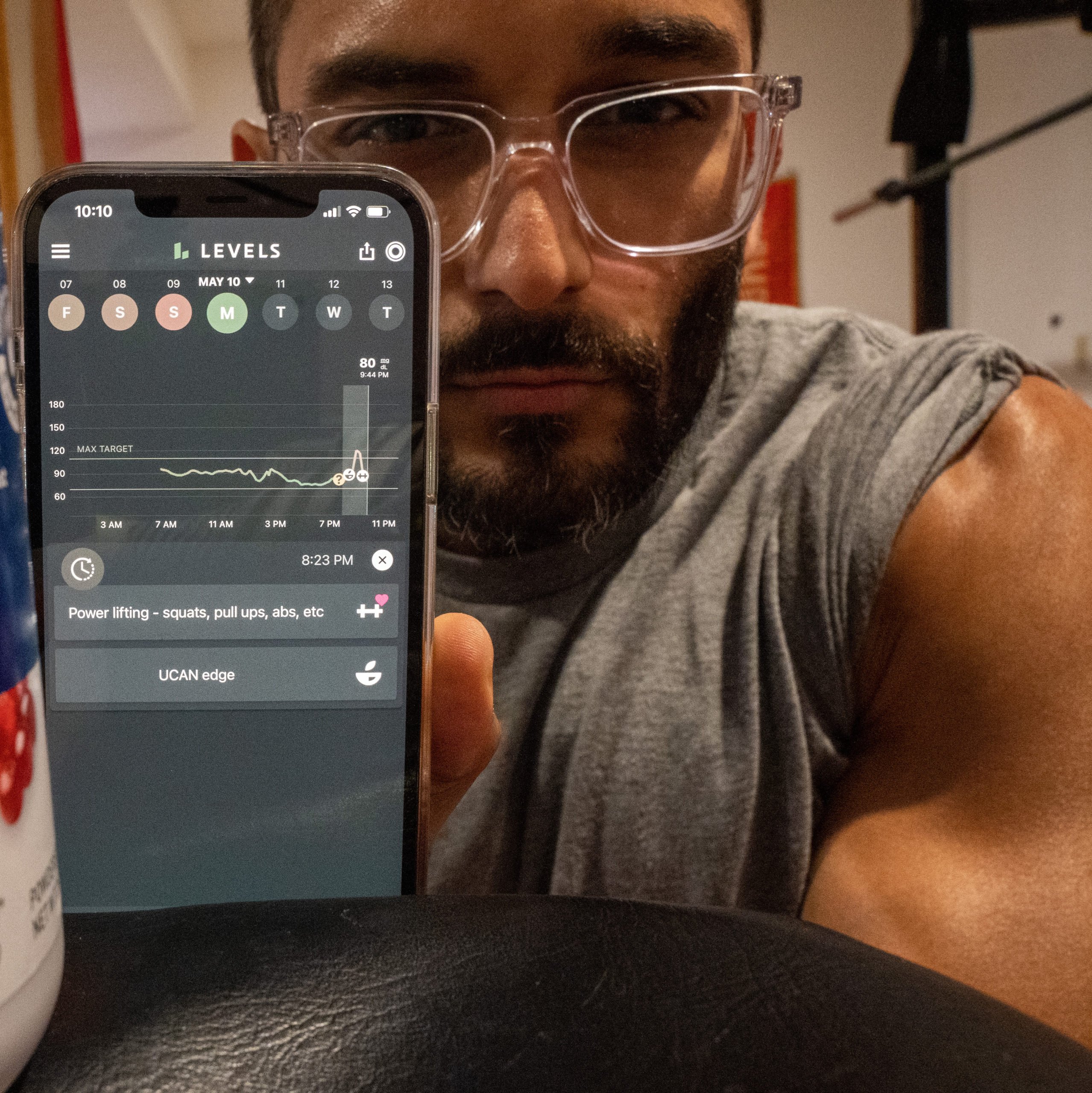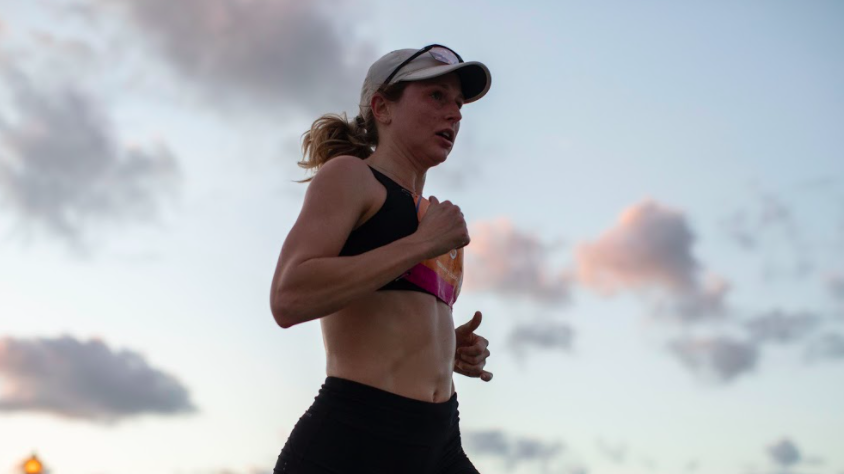Photo courtesy Drew Manning
[Click here to watch the Instagram Live conversation between Drew and Levels’ co-founder Dr. Casey Means.]
Ten years ago, at the age of 30, professional trainer Drew Manning’s clients told him something that really hit home: As someone who’d been fit his whole life, he could not truly understand what they were going through in trying to lose weight or get in shape for the first time.
So he decided to try to understand. He purposely gained 75 pounds over the course of six months by eating a standard American diet of fast food and processed food. Then he set about trying to lose it and get back to where he started. The journey was harder than he could have imagined and taught him empathy for his clients, as well as how much of his ego was tied to his body image. He also learned the toll of being unhealthy on not just his physical health, but his relationships and even financial health.
Drew’s experiment spawned a New York Times best-selling book, Fit2Fat2Fit: The Unexpected Lessons from Gaining and Losing 75 lbs on Purpose, a podcast (Fit2Fat Experience), and a TV show (Fit to Fat to Fit) in which other trainers around the country take on the same challenge with their clients.
Now, Drew has been doing the experiment a second time in what he’s calling Fit2Fat2Forty to help gain a better understanding of weight loss and fitness as we age. This time around, he’s also had to gain and lose 60 pounds over the course of one year, while also going through major life changes, like ending a relationship and beginning a move from Utah to Hawaii with his two young daughters.
Another difference the second time around: Drew’s been wearing a continuous glucose monitor and other biowearables through the entire journey, giving him a whole new data-driven lens on what his body is going through.
We talked to Drew about how sharing his blood sugar score with people following his journey helped keep him accountable, what new insights he learned this time about the emotional pull of food (especially when life gets complicated), and whether there’s a Fit2Fat2Fifty in his future.
When we spoke to Drew, he was just a few weeks and about 10 pounds away from getting back to his goal weight of 181 pounds (from a peak of 244).
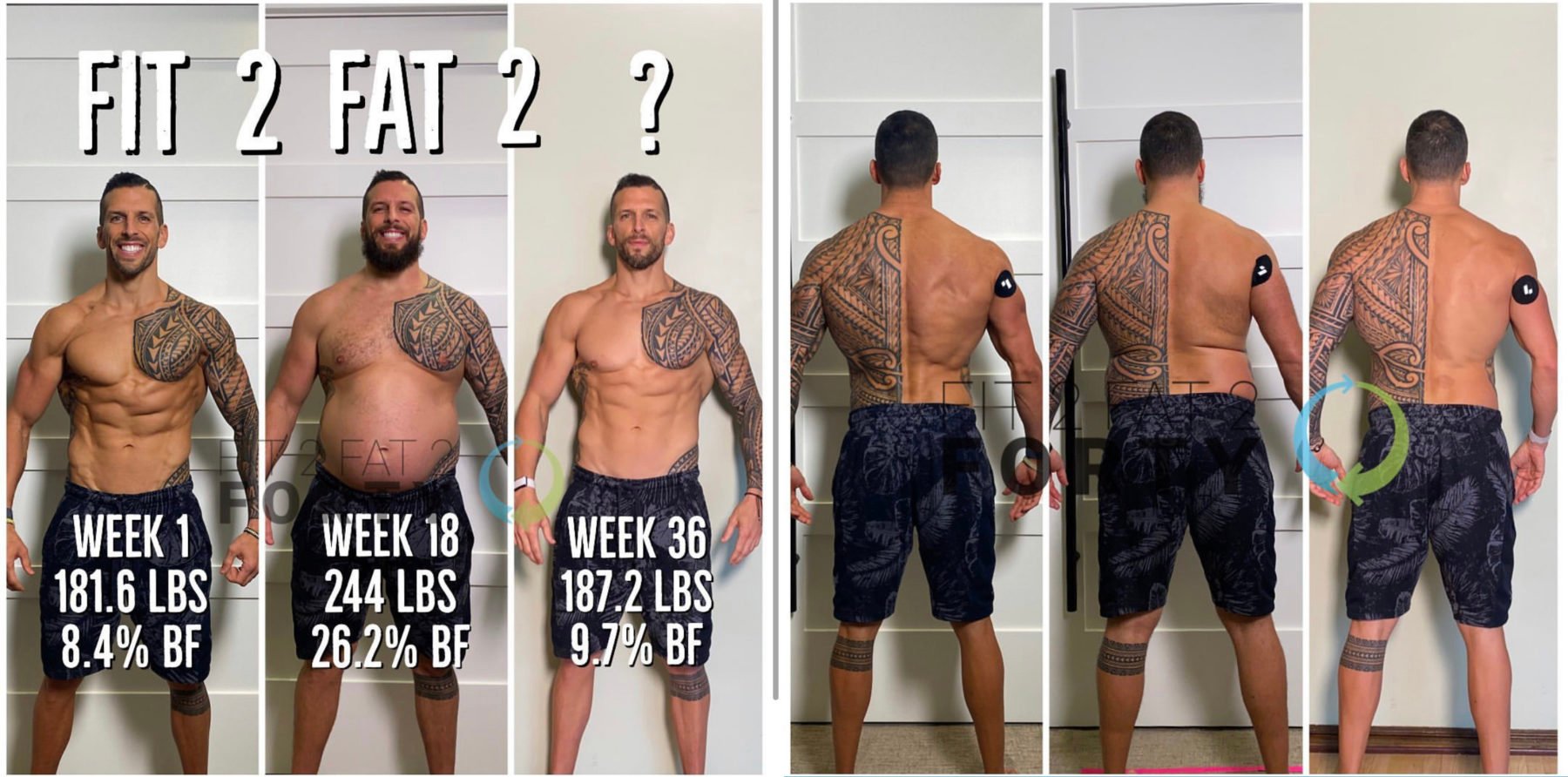
First of all, how are you feeling?
A lot better than I was around November, December [at peak weight]. One of the things I wanted to get across during this journey is the effects of eating the junk food and not exercising. Sure, it makes you gain body fat, but if that’s all it did, it wouldn’t be that bad. There are so many other effects that it has, hormonally, and that carries over into how you show up in the world, as a human, as a mom, dad, brother, sister, spouse, employee, business owner. It affects you in so many more ways than you think. So I’m doing a lot better these days with my physical health under control.
This time around you’ve been going through a lot of life changes, like your move. Did you know that would be happening during this journey?
No. I didn’t make the decision until around November to make the move. I also went through a breakup. But that’s real life. At the end of the day, I think it just made this whole experiment more relatable, because life happens, and you can’t get around it. You’ve still got to figure out how to eat healthy, exercise and get through.
For the first Fit2Fat2Fit, you didn’t have a CGM. What did you learn having continuous glucose data through this one?
This was actually my first time using a CGM ever. I’ve tested my glucose here and there, but only by pricking my finger. I normally eat keto-ish, meaning low-carb, lots of healthy fats, good amount of protein. But in the Fat part of this, eating Cinnamon Toast Crunch and soda and all these sugary products, I’d see my levels spike above 200 mg/dL—that was pretty crazy. [Healthy post-meal glucose shouldn’t exceed 140 mg/dL.] Then when I went back to eating a lot of proteins and fats, I saw this nice, even, blood sugar line, within this range of 90 to 110 mg/dL most of the time.
For me, having that data on the journey back to fit also helped because I wanted to have a good score to report to my audience. So I knew I couldn’t have that Ben and Jerry’s Ice Cream, because I knew what it would do to my blood sugar levels.
Any surprises?
Lean protein would sometimes give me a spike above what I thought it would be, but it was usually as some type of a bar—basically processed food. I also really liked having CGM anytime I went out to eat too, so I could test and learn. Maybe there’s something in that sauce that I didn’t think about, or those candied pecans in that salad. Maybe that’s a lot more sugar in that dish than I thought.
During the “fat” phase, did you notice your high glucose readings affecting how you felt?
For sure, especially with sleep. There were moments where I had so many spikes and crashes throughout the day, and then my blood sugar would drop really low at nighttime, it would wake me up feeling like I needed to eat.
Then during the day, I noticed when I get a big spike and crash how sleepy I am. That was the thing I was trying to tell people: “You guys, I’m so exhausted.” Eating 6,000 calories of food is exhausting by itself, but eating 6,000 calories of processed food is even more exhausting on your body. But that’s what a lot of Americans struggle with.
Empathy was a big part of what you took out of the first Fit2Fat2Fit experiment. What else did you learn this time around?
When I did it the first time in 2011, it really opened up my eyes to how powerful the emotional connection to food is. In the fitness industry, it’s all, “Hey, just eat less and work out.” That’s like telling a drug addict, “Hey, just stop doing drugs.” It shouldn’t be that hard, right? But we program our brains in a certain way—when we go through stressful situations or traumatic experiences, sometimes we reach for substances to numb those painful emotions.
Unfortunately, food is a legal way of doing that that is very accessible. You can go to the grocery store or gas station and get a candy bar. And yeah, it does make you temporarily feel better.
Fast forward to this journey: Going through my breakup was a lot harder on me than what people probably saw. Before that, I was eating the food to gain the weight. It tasted good, but I was mostly eating it to gain the weight.
But after that experience happened, there were moments where I knew what I was doing, but I purposely gravitated towards Ben and Jerry’s Ice Cream, cake, brownies, cookies, wine. Because I knew that the emotional pain that I was going through was a lot for me to handle. And food, that little dopamine hit, definitely alleviated that pain temporarily. Not in the long run, but temporarily.
“Being more aware in those moments helps us respond more thoughtfully the next time, instead of mindlessly reacting—to see it through a new lens. You can learn from this and grow from it if you choose to.”
I’m not condoning that behavior, but I understand on a deeper level why people gravitate towards it, because we don’t know how to deal with our uncomfortable emotions.
So that’s where empathy comes in, and that’s why I’m trying to make people more aware. This was just a short little experiment that I did, but I learned so much. For people who’ve never struggled with their weight or never struggled with emotional eating, it’s hard to really understand why people do it. Doing it again the second time, I gained a better understanding and more empathy for those that struggle with it.
Do you think there’s utility in CGM for people just trying to optimize their health?
Definitely. People ask all the time if I have diabetes. I tell them no, but it’s just good data to have so that I know what my blood sugar levels are, I know what affects them, and I get to know my body on a deeper level.
Being able to look at the data and realize, oh, it’s not my best month. What happened? I was moving or stressed out. I had some pizza that night. Okay, now I know not to do that, because here’s what it did to my blood sugar levels, and that affected my sleep, which affected my workout the next day, which affected my mood, and ultimately how I showed up as a dad. I think that insight should be available to everyone.
The flip side to the accountability that data can bring is that it can also sometimes bum us out if we get a lower score. How did you work through rough days, and what do you tell clients who are upset about a data reading?
I focus a lot on increasing awareness. This is why I talk about things like meditation or journaling. So each time this happens it’s a learning experience. What was happening in your life? What do you think the emotional trigger was for you? “Oh, I got into a fight with my spouse, and that triggered me to get upset, and then these emotions of anger and resentment and self-hate came in.” And then it’s like, self-sabotage, right? Eat the food, drink the alcohol.
But being more aware in those moments helps them to respond more thoughtfully the next time, instead of mindlessly reacting. To see it through a new lens. You can learn from this and grow from it if you choose to.
That’s why meditation can help with those triggers, and you can thoughtfully respond: “Okay, I see what’s happening now. I’m getting agitated. I’m getting frustrated, and I know that I’m about to go down this rabbit hole of self-sabotage. Now maybe I can take five deep breaths and pause for a minute. I know what my brain is trying to do, and I understand why I want to reach for the ice cream. But now I can choose not to.” You learn from those mini experiences over and over and over again. It’s not about becoming perfect, it’s about being more in control and thoughtfully responding instead of just reacting in those moments.
So will we see a Fit2Fat2Fifty?
Here’s the thing: I swore I would never do it again when I did it the first time, and here I am. So I don’t foresee myself doing it again after this time, but you never know. A lot can happen in 10 years.
